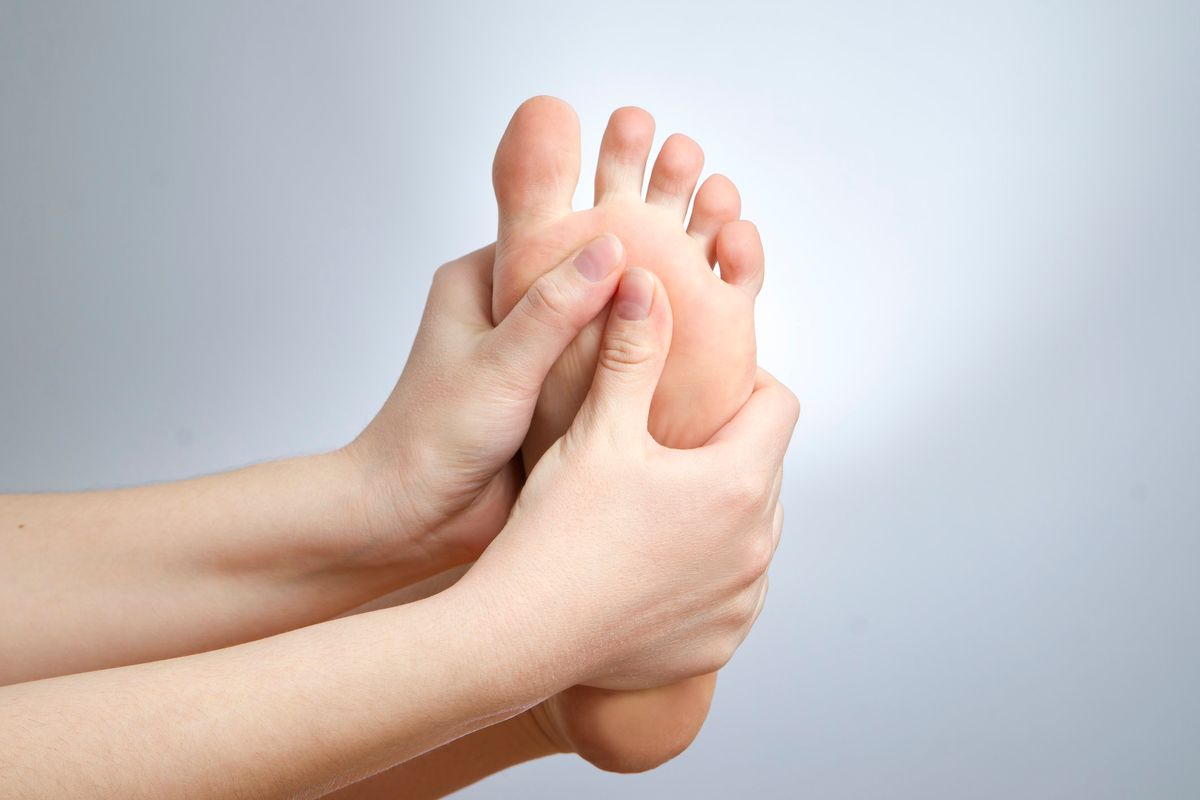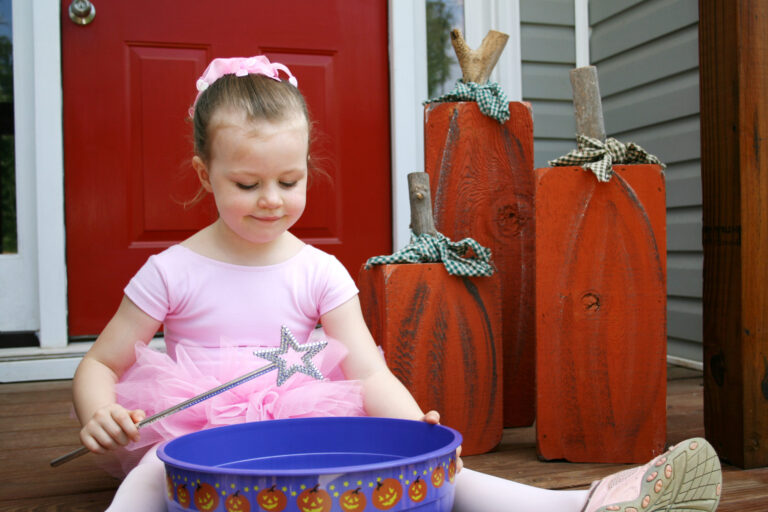
Miami City Ballet corps de ballet dancer Christina Spigner has always suffered from foot cramps. But the problem was especially troublesome during the company’s 13-show run of Ballet Imperial, a hallmark of Balanchine’s demanding choreography. “We’re onstage for such a long time and not just standing and posing, but doing a lot physically,” says Spigner. “My feet would cramp up and it was painful. That’s a hard thing to recover from onstage.”
The sharp pain of muscle cramps can compromise a dancer’s work. Though the annoyance sometimes stems from unavoidable fatigue, it’s often the body’s way of flagging a nutrition deficiency. While completely eliminating muscle spasms may not be possible, there are many simple ways to help prevent and treat their pain and frequency.
Megan Richardson, a certified athletic trainer at the Harkness Center for Dance Injuries, points out that muscles function by repeatedly contracting and relaxing, engaging and releasing. “When the muscle gets tired, it won’t work as well as when it was fresh,” she says. “It may have a delayed ability to release after it has contracted,” causing a cramp. Spasms are sometimes inevitable, regardless of how well a dancer takes care of her body.
Drink Up!
When a muscle cramps up, it may mean the dancer is dehydrated. Because we are predominantly made of fluid, water intake affects all the chemical processes in our bodies, including proper muscle function. Allison Wagner Eble, a registered dietitian who works with the Cincinnati Ballet, says the body’s ability to perform can decline as much as 10 percent with just 1 percent of fluid loss.
The average person should drink 64 ounces of water daily, but dancers need more, depending on how active they are and how hot the studio is—Wagner Eble suggests 16 ounces, two hours before class, and half a cup every 15–20 minutes throughout. “Do not wait until you feel thirsty to drink water, because if you’re thirsty, you’re already dehydrated,” she says. When gulping glasses of water gets boring, Spigner reaches for Emergen-C, coconut water and hot tea.
But sometimes water isn’t enough. When dancers sweat, they’re also losing electrolytes like sodium, potassium, magnesium and calcium, which are necessary for proper muscle function. If a student is drinking enough water and is still having issues with cramping, Wagner Eble suggests they add a sports drink to their routine. (Scroll down for other electrolyte-packed snacks and beverages)
Relax the Muscle
Stretching out a cramp will help release the muscle. Richardson says dancers often avoid putting weight on a leg in spasm, but taking a walk around the room is one of the best ways to transition the muscle from its contracted position to a stretched one. A self-massage with the hands or a foam roller helps as well. Know, though, that a cramp shouldn’t be stretched out if it is a reaction to an injury, like an overstretched or torn muscle. If the contour of the muscle has changed and it lacks strength, or the skin becomes red, swollen or hot, apply ice and send the dancer to a doctor.
Because Spigner is prone to cramping, she’s learned how best to prevent it—a hot Epsom salt bath after a long day helps reduce her muscle fatigue. Now and then, though, a cramp still catches her off guard in the middle of a performance. Her secret for dealing? “It really helps to breathe anytime you’re dancing and you feel like you’re getting exhausted,” she says. “It calms my nervous system so those overstimulated muscles relax.” DT
Electrolyte-Rich Foods
“The best time to eat is 30–45 minutes after exercise, because that’s when the body is at its prime time to uptake all the nutrients,” says Allison Wagner Eble, Cincinnati Ballet’s registered dietitian. Here are some of her favorite snacks that pack an electrolyte punch.
| Potassium | bananas, citrus fruits, cantaloupe, kiwi and yogurt |
| Magnesium | whole grains, apricots, avocados and bananas |
| Sodium | salted pretzels or nuts, V8 juice and saltines |
| Calcium | broccoli, yogurt and cheese |
|
Try this: On her breaks, Miami City Ballet’s Christina Spigner snacks on a homemade trail mix of pumpkin seeds, lightly salted almonds, sunflower seeds and dried apricots to replenish electrolytes and boost her energy. For a post-exercise snack, try a glass of chocolate milk, because it gives the body calcium, sodium, potassium, proteins, carbohydrates and sugar. |
|




